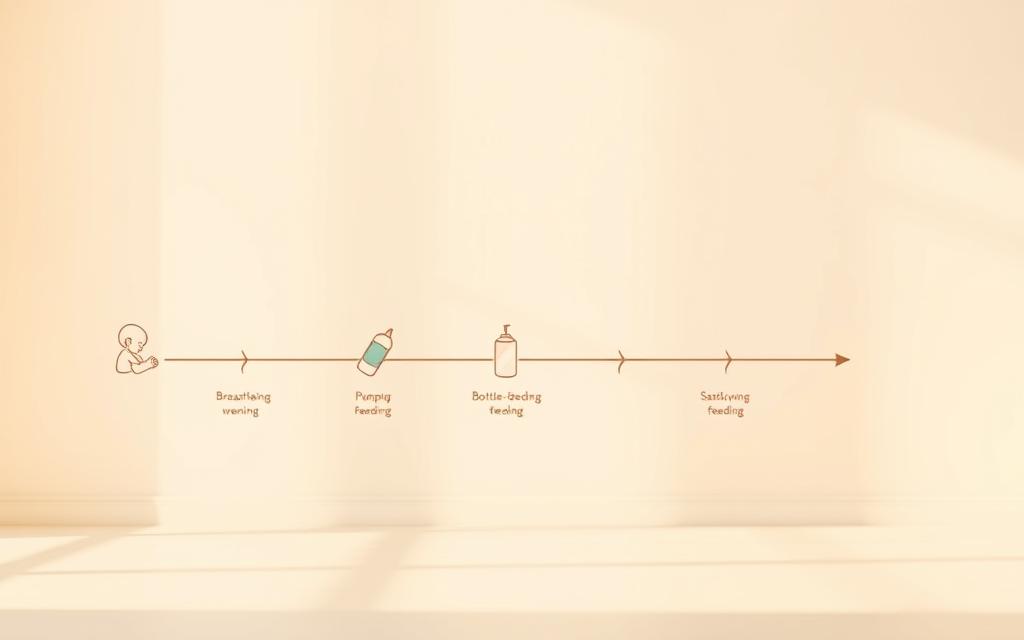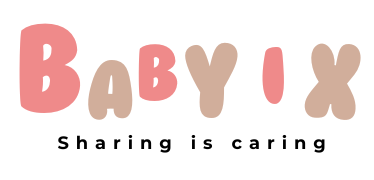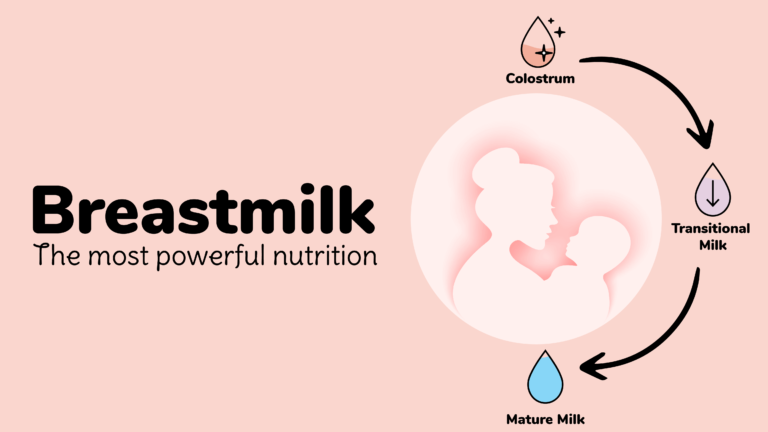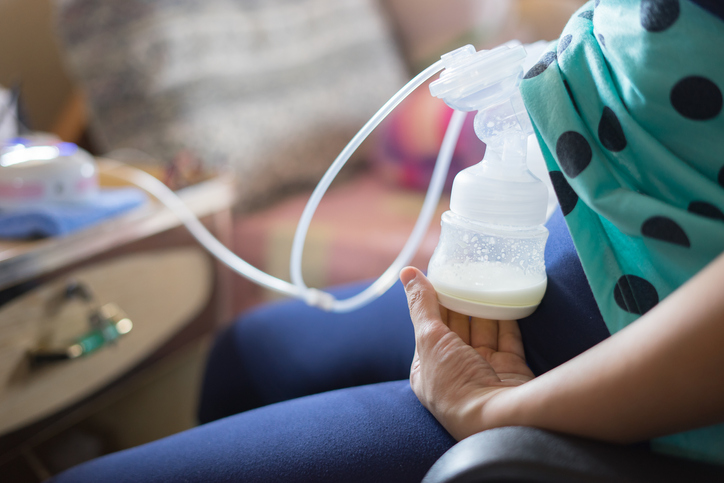Wean from the Pump Comfortably: Expert Tips

Weaning from the pump can be tough for breastfeeding moms, but it’s doable with the right steps. The American Academy of Pediatrics suggests breastfeeding for at least six months. But, stopping anytime is okay. It’s all about choosing a pain-free way to stop pumping.
Maybe you’re tired of pumping, going back to work, or just want to nurse more. Taking it slow makes weaning easier.
Reducing pumping sessions slowly helps your body adjust to less milk demand. This can take weeks, based on how often you pump. To wean without pain, try dropping sessions, shortening them, or spacing them out more.
Handling engorgement and discomfort is key during weaning. It’s all about making the transition smooth and comfortable.
Key Takeaways
- Gradual weaning from the pump can take several weeks, depending on the frequency of pumping sessions.
- A pain-free transition is possible with the right approach, including a gradual reduction in pumping sessions.
- Weaning from the pump involves managing engorgement and discomfort, and common strategies include slowly dropping nursing or pumping sessions.
- It’s essential to prioritize breastfeeding for at least the first six months, but there is no wrong time to stop.
- A gradual approach to weaning makes the experience easier, and lactation consultants can assist in the weaning process.
- Weaning does not have to be an “all or nothing” approach; many parents choose to maintain a couple of nursing sessions per day.
Understanding the Weaning Process
The weaning process is a big step for mothers who have been breastfeeding or pumping milk. It’s important to know the physical and emotional changes that happen. This ensures a smooth and safe transition.
One major concern is breast engorgement. It can cause clogged ducts and mastitis if not handled right. A drop in milk supply is normal during weaning. Knowing when to start is key to avoid problems.
The American Academy of Pediatrics (AAP) suggests breastfeeding for at least six months. As babies start eating solids, they drink less milk. This is a good time to begin weaning.
The time it takes to wean varies. It can be from one week to several months. It’s best to slowly reduce pumping sessions and their length.
Signs you’re ready to wean include having too much milk, reaching pumping goals, feeling uncomfortable, or having emotional reasons. Stopping pumping suddenly can lead to engorgement, painful clogged ducts, and breast infections. It’s vital to understand weaning and take it slow to manage these changes.
Important things to consider during weaning include:
- Gradually reducing pumping sessions to allow the body to adjust
- Avoiding dropping multiple sessions at once to prevent engorgement
- Reducing the duration of pumping sessions gradually
- Waiting around three days between changes to allow the body to adjust
Preparing Your Body for the Transition
When you start weaning, it’s key to slowly cut down on milk supply. This helps avoid any pain or issues. Start by shortening each pumping session by 3-5 minutes every few days.
It’s also important to manage engorgement. Cold compresses, cabbage leaves, and pain relievers can help with this. Drinking lots of water and taking care of yourself are also vital.
Here are some tips to help reduce milk supply:
- Drop one pumping session every 4-5 days to allow your body to adjust
- Pump just enough to relieve discomfort, but not enough to fully drain the breast
- Use cold packs and over-the-counter pain medications to manage pain and inflammation
By following these tips and listening to your body, you can make weaning easier. If you have any worries or questions, talk to a healthcare professional. They can offer advice on weaning and managing milk supply.
| Tip | Description |
|---|---|
| Gradual reduction | Reduce pumping sessions and frequency over several weeks |
| Manage engorgement | Use cold compresses, cabbage leaves, and over-the-counter pain relievers |
| Stay hydrated | Drink plenty of water to support your body during the transition |
How to Wean from the Pump Without Pain
Weaning from the pump can be tough, but it’s doable without pain. The trick is to let your body get used to the changes. This means slowly cutting back on how often and how long you pump.
A pain-free weaning is possible if you do it slowly and with care. Start by dropping one pump session at a time. Cold compresses and cabbage leaves can also help with any discomfort. Always listen to your body and make changes as needed.
- Gradually reducing pumping sessions and frequency
- Using cold compresses and cabbage leaves to manage engorgement and discomfort
- Listening to the body and adjusting the weaning process accordingl
By following these tips, mothers can wean from the pump without pain. This way, they can have a pain-free weaning experience.
Creating Your Personal Weaning Timeline
Creating a personal weaning plan is key for a smooth transition. It helps mothers reach their breastfeeding goals. The timeline should consider the baby’s age, milk supply, and the mother’s comfort level.
For babies under 1 year, start with infant formula. For those who only drink breast milk, weaning is slower in the second half of their first year.
Remember, gradual weaning is recommended to avoid discomfort and health issues. Slowly reduce pumping sessions to keep milk supply up. It’s best to drop one session every few days.
The weaning process usually takes weeks. This allows the body to adjust. Important points for a personal weaning plan include:
- Dropping one pumping session at a time during the weaning process
- Gradually increasing the time interval between pumping sessions
- Pumping just enough to ease fullness, not fully express the breasts
A lactation consultant can offer tailored advice for breastfeeding challenges. Weaning from pumping can take 2 weeks to 2 months, averaging 1 month. By making a personal weaning timeline and following a gradual process, mothers can have a comfortable and successful transition. They can meet their breastfeeding goals and stay healthy.

Essential Supplies for Comfortable Weaning
Having the right weaning supplies is key to a smooth transition. As you move away from breastfeeding or pumping, you’ll need certain items. These include natural relief products like cold compresses and cabbage leaves for engorgement and pain.
Supportive clothing is also vital. A good sports bra and comfy clothes can ease discomfort. They also help avoid issues like clogged ducts or mastitis.
- Nursing pads for any leakage or discomfort
- Comfortable bras and clothing
- Cold packs or compresses for relieving engorgement
- Over-the-counter pain relievers for alleviating discomfort
Having these supplies ready can make weaning more comfortable and successful. Always put your comfort first during this time. If you need help, don’t hesitate to ask.
Managing Physical Changes During the Process
When weaning from the pump, women may face physical changes like engorgement, clogged ducts, and mastitis. These can be managed with the right strategies, making the transition comfortable and safe. It’s common for women to experience these changes, and being ready can help a lot.
Women may see breast engorgement, which can be eased with cold compresses or cabbage leaves. A drop in milk supply is also common. It’s key to watch these changes to avoid problems. For engorgement, over-the-counter pain relievers or a bit of milk expression can help.
To handle these changes, consider these tips:
* Use cold compresses to ease engorgement and pain
* Try cabbage leaves for breast engorgement relief
* Take over-the-counter pain relievers for discomfort
* Express a small amount of milk to prevent clogged ducts
Knowing about and managing these physical changes can make weaning smoother. It’s vital to focus on breast health and take steps to avoid issues like mastitis or clogged ducts. With the right approach, women can confidently and easily go through the weaning process.
Emotional Aspects of Pump Weaning
Weaning from the pump is tough, affecting both the body and emotional aspects of a mother’s life. It’s key to recognize and tackle these feelings for a smooth transition. Supporting mental wellness is vital, as it greatly influences the weaning journey.
About 70% of mothers face emotional hurdles during pump weaning. These can include feelings of loss, anxiety about the baby’s nutrition, or worries about the mother-baby bond. To tackle these emotions, focusing on mental wellness and building a support network is essential.
- Connecting with other mothers who have gone through similar experiences
- Practicing self-care activities, such as meditation or yoga
- Seeking professional help, like counseling or therapy, if needed
By facing and dealing with theemotional aspectsofpump weaning, mothers can better handle this change. They can also prioritize theirmental wellness.
Troubleshooting Common Challenges
When it comes to weaning, women often face challenges that can be uncomfortable and unsafe. Troubleshooting these issues is key to a smooth transition. Women may deal with clogged ducts, mastitis, and engorgement during weaning. These problems can be painful and upsetting.
To tackle these problems, it’s important to know the causes and take steps to prevent them. For clogged ducts, cold compresses or cabbage leaves can help. Mastitis might need antibiotics from a doctor. Engorgement can be managed with regular milk expression and over-the-counter pain relievers.
Here are some tips for troubleshooting common weaning challenges:
- Gradually reduce pumping to avoid clogged ducts and mastitis
- Stay hydrated to help your body adjust
- Avoid tight clothing to prevent breast pressure
- Get medical help if symptoms don’t improve or get worse
Being aware of these challenges and taking action can make weaning more comfortable. It also reduces the risk of complications. Remember, troubleshooting is a big part of weaning. With the right strategies, women can overcome these challenges and wean successfully.
Maintaining Breast Health After Weaning
As you wean from the pump, keeping your breast health in check is key. You’ve worked hard to feed your baby, and now it’s time to focus on yourself. A few simple steps can help you keep your breast health in top shape and address any issues.
Watch for signs of infection like redness, warmth, or unusual discharge. If you notice these, contact your healthcare provider right away. They can help you get the right medical help for a smooth transition.
Also, pay attention to any ongoing discomfort or changes in your breast health. Some changes are normal during weaning, but persistent issues need attention. Your healthcare team can offer personalized advice to keep your breasts healthy.






